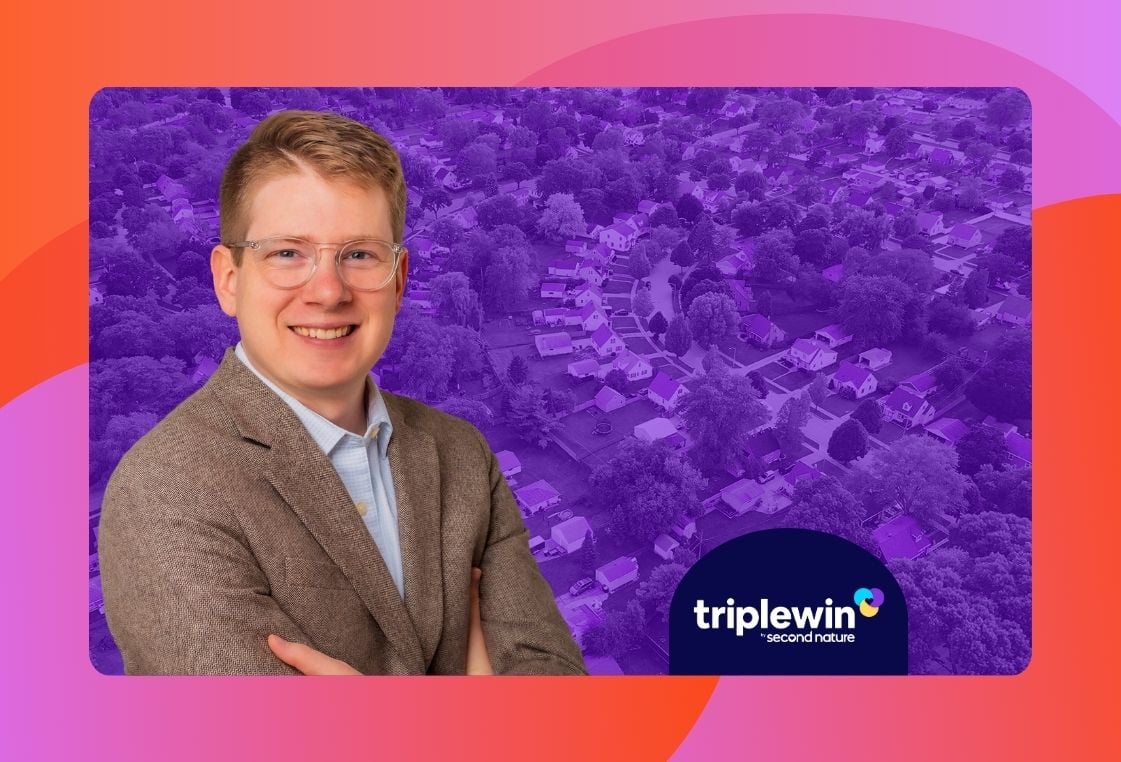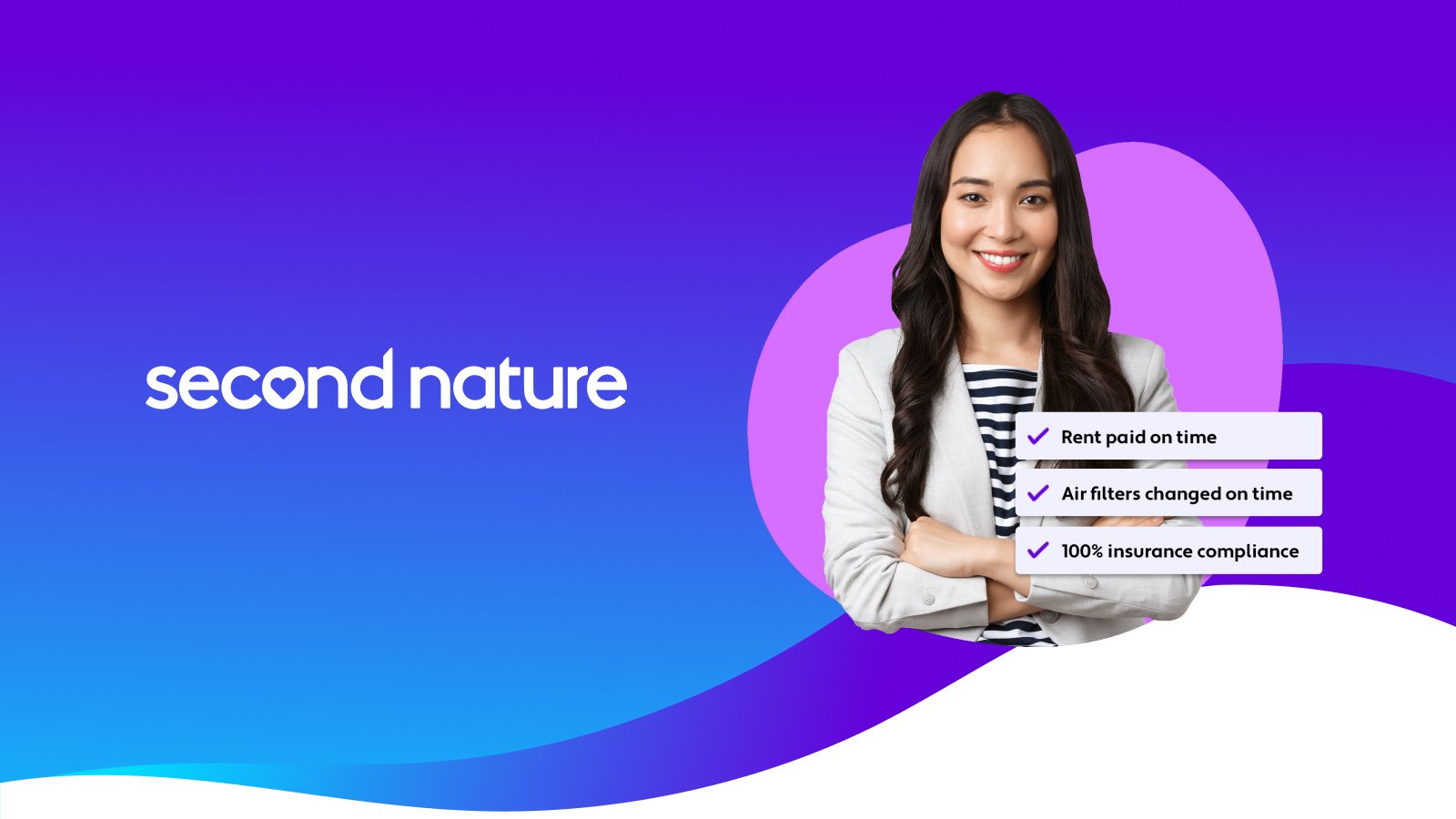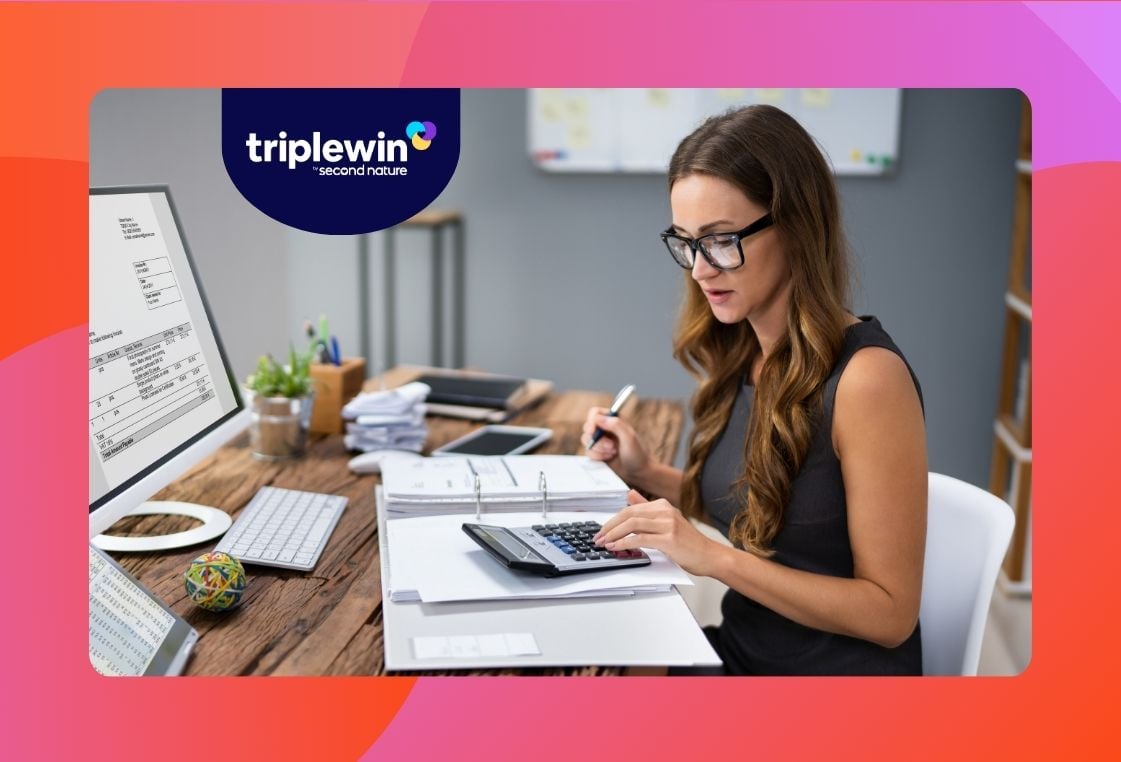There are as many different perspectives on property management business plans as there are different PM businesses. But one thing holds true – in the classic adage usually attributed to Dwight D. Eisenhower – it’s not the plan that matters so much as the planning. Outlining a detailed business plan is key to defining and communicating your goals to potential clients and investors. It also requires deep insight into what residents want to experience.
You may be new to the property management industry, have been managing properties for years and are ready to start your own business, or own a property management company but are looking for greater investment. Whatever the case, we’ll cover important topics to address business plan creation.
We’ll explain why business planning can be so important, as well as who to target with your plan. We’ll also share a free template to get you started.
Key Learning Objectives:
- How to identify and find your ideal clients
- How to articulate your value proposition
- What to include in your business plan
- How to outline your business plan
- A free property management business plan template

What is a property management business plan?
A property management business plan is an overview of your company's services, go-to-market strategy, financial plan, and leadership. It provides details on your property management company and how you intend to operate it.
Your business plan should be thorough enough that readers can clearly see how you'll run a successful property management business. It should illustrate that you have a comprehensive understanding of the industry and your position in it, as well as your future growth goals.
Why do you need a property management business plan?
A property management business plan provides a clear view of what you need to do to make your business successful. The process of creating a business plan forces you to truly evaluate your standing as a company, including factors like cash flow, staffing, and sales strategy.
Your business plan also provides a roadmap for success. It outlines what steps you need to take to be successful. Whether you're considering large financial projects or incremental business improvements, your business plan helps you better understand how to execute.
It also helps you position your company within the property management industry. It can guide your ability to stand out compared to other property management companies and acquire new investors to manage.
What to know before creating a property management business plan
For entrepreneurs, planning is the key to success. Here’s what you need to get clear at the outset.
State laws governing property management business
Each property management company’s approach is very dependent on regional or state regulations. Before taking any steps to either start or change your business, you need to have a clear understanding of the local laws governing your business venture.
We highly recommend hiring an attorney who can help you navigate those laws and regulations.
How to create a successful property management business plan
Peter Lohmann, CEO of RL Property Management, lays out three critical steps for residential property managers looking to crystalize a successful business plan:
- Identify your ideal clients.
- Articulate your unique value proposition for those clients.
- Go out and find leads.
Who are your ideal clients?
“Get really clear on who your ideal customer is,” Lohmann says. “Are you managing associations, office buildings, big apartments, single-family rentals, etc.? The narrower and more specific you can be, the better your life is going to be and the more money you’re going to make.”
In other words, anything outside of this target market is going to be a waste of your time. That’s why this is the first step.
“The more narrow and specific you can be here, the more directly you can speak to your prospects in a way that’s compelling,” Lohmann says. “Everything becomes easier – content strategy, sales conversations, even operations become easier – if you know who you want to manage for and what types of properties you want to manage.”
Articulate your unique value to those clients
The next step is to identify your unique value proposition. There are tons of other property management companies out there. Why should your ideal client choose you?
In Lohmann’s words: “Your second step is to ask, ‘Why should anyone care?’ Property management isn’t a new concept; there are tons of property managers. So, identify what your unique value proposition is.”
This is key to figuring out not just who to pitch to but how to pitch to them.
“What are you going to talk about?” Lohmann says. “You can’t just say, ‘Oh, hire us, we’re the best!’ You need clear examples that say, ‘Our company does something a little different.’”
For RL Property Management, that started as a promise that they would never charge a leasing fee.
“Sure, it’s kind of crazy, and I don’t know anyone else who doesn’t charge that, but it worked,” Lohmann says. “We were trying to figure out why everyone hated their property manager. And we decided that it might be an incentive problem where the property manager’s incentive is to fill the unit as quickly as possible so they can get that big leasing fee, and that was creating bad outcomes for property owners. So we decided that we weren't going to charge a leasing fee, and we've stuck with it ever since.”
How to find your ideal clients
The third and final step of preparation is to identify where you need to go out and find leads and engage property management marketing.
“Given what you know about how you defined your ideal prospect and your company and what they offer, the next question is where you go and get these leads,” Lohmann says.
“A lot of property managers start with this third step. They just say, ‘How can I get more leads?’ But that’s the wrong question. Why do you deserve those leads? Answer that first. Downstream of that is ‘Where are those people hanging out, and how can I get this to them?’”
Getting this step right involves researching property management and real estate property in your area and getting familiar with industry news, conferences, and listings.

Define your business model
Your business model, which is a core piece of a business plan, outlines your cost structure and revenue streams. Put simple, it's how you plan to generate profits.
Many property management companies select from a few different business models and fee structures. For example, full-service, fee-based, and hybrid models are all popular.
This is where you should decide whether you want to charge a flat fee, charge a portion of rent, or some combination. Consider how you want to charge for listing and leasing services, big-ticket maintenance items, and more.
What should a property management business plan include?
If you’re starting a new business and aiming to present a business plan to investors, or even business partners, you should outline each section below as a presentation deck. The information presented in this section needs to read like it is designed for investors and should highlight key terms and concepts they care about.

Here’s a sample property management business plan outline, followed by a detailed explanation:
- Executive Summary
- Company Overview
- Market Analysis (Industry, Customer, and Competitive Analysis)
- Services
- Marketing Plan & Sales Strategy
- Operations Management
- Management Team
- Financial Plan
- Growth Opportunities
Executive summary
This is a high-level overview of your entire presentation, and should be the last section that you write. You want to be concise but interesting and hook the reader quickly. Outline the following in broad strokes:
- The type of property management company you are operating
- Your target market
- Your objectives
- Your plan for meeting these objectives
Company overview
The company overview will dive deeper into your property management niche and business model. Explain what types of properties you manage and how you operate. Options include single-family residential property management (SFR), multi-family property management (MFR) or residential apartments, HOA management, and commercial property management.
Give a brief history of your company and your legal business structure. Other important information might include:
- Your key competitive differentiators and core competencies
- Your metrics for success
- Your management team
- Financial details
- Mission and vision statements
Market analysis (industry, customer, and competitive analysis)
The market analysis benefits you almost as much as it does your audience. Researching for this section will help you more deeply understand the industry, customers, and competition.
- Industry analysis should include details on the trajectory of the market, its size, and key trends, along with challenges and opportunities.
- Customer analysis should include details about your target customers, their wants and needs, etc.
- Competitive analysis should outline direct competitors (PMCs in your area) and indirect competitors like in-house managers, automated tools, etc. Explain why your value proposition is unique. Ideally, present a thorough SWOT (strengths, weaknesses, opportunities, threats) analysis.
Services
This section should describe the property management services the company plans to offer, such as leasing, maintenance, and rent collection. Depending on the jurisdiction, legal compliance and documentation services may be relevant to property management associations as well. This section should also discuss the pricing strategy for these services.
Marketing plan and sales strategy
Your go-to-market section should describe the company's marketing and sales strategy, including how it plans to attract and retain clients. It should also discuss any advertising or promotional campaigns the company plans to undertake. Promotions could include paid advertising in print and on websites, social media marketing, radio advertising, SEO marketing, and more.
Here, it’s important to document your marketing channels (organic online, targeted online, print advertising, professional networking) as well as ongoing sales and marketing programs.
Related: 10 Property Management Goals to Set for the Year (with examples)
Operations management
Outline your short-term processes and long-term business goals, as well as estimate day-to-day operations. What property management software are you using in the business? What bottlenecks slow down work that’s moving through the organization? How will you structure your company and your teams?
You should also include details on critical process workflows, risk mitigation strategies, and technology integrations and updates.
Management team
Outline your management structure and the skills and experience of your management team. Highlight property management and other real estate experience. Consider who you have in the company, who is a right fit, and who needs to be looked at as not a great fit.
Financial plan
Outline your major cost centers and revenue drivers. What management fees are you going to charge? You should include a profit and loss statement, balance sheets, and a cash flow statement.
Growth opportunities
Identify and outline the most targeted growth opportunities for your business right now and over the next five and ten years. Knowing your long-term goals requires you to gain a deep understanding of the real estate and property management market in your area and to understand clearly where you fit in and how you can generate growth and value for years to come.
Typically, this section includes:
- Expansion plans
- Strategic alliances
- Technology upgrades
- Emerging market trends
Property management business plan free template
Follow this checklist or else download our free PMC business plan template to customize to your business.
Executive Summary
- The type of property management company you are operating
- Your target market
- Your objectives
- Your plan for meeting these objectives
Company Overview
- Mission and vision statements
- Your property management niche and business model
- How you operate
- Company history
- Your legal business structure
- Your key competitive differentiators and core competencies
- Your metrics for success
- Your management team
- Financial overview
Market Analysis
- Industry assessment
- Customer analysis
- Competitive analysis
Services
- Marketing Plan & Sales Strategy
- Outline of sales and marketing plans
- Marketing channels
- Ongoing sales and marketing programs
Operations Management
- Long-term business goals
- Current processes
- Critical process workflows
- Risk mitigation strategies
- Technology integrations and updates
Management Team
- Management structure
- Skills and experience
Financial Plan
- Financial projections
- Cost centers and revenue drivers
- P&L statement
- Balance sheet
- Cash flow statement
Growth Opportunities
- Targeted growth opportunities
- Expansion plans
- Strategic alliances
- Technology upgrades
- Emerging market trends
Get your free PMC business plan template here.
Beyond the business plan: Increase retention with an RBP
At Second Nature, we work with property managers around the country to develop better resident experiences that generate more value for their clients and their companies.
A Resident Benefits Package, or RBP, helps property managers at every stage of their company’s growth. Each product in this package delivers a service that residents want and sets your PMC apart. Our goal is to help make running a successful property management business as easy as second nature.
Related: Property Management Startup Checklist
Topics:




